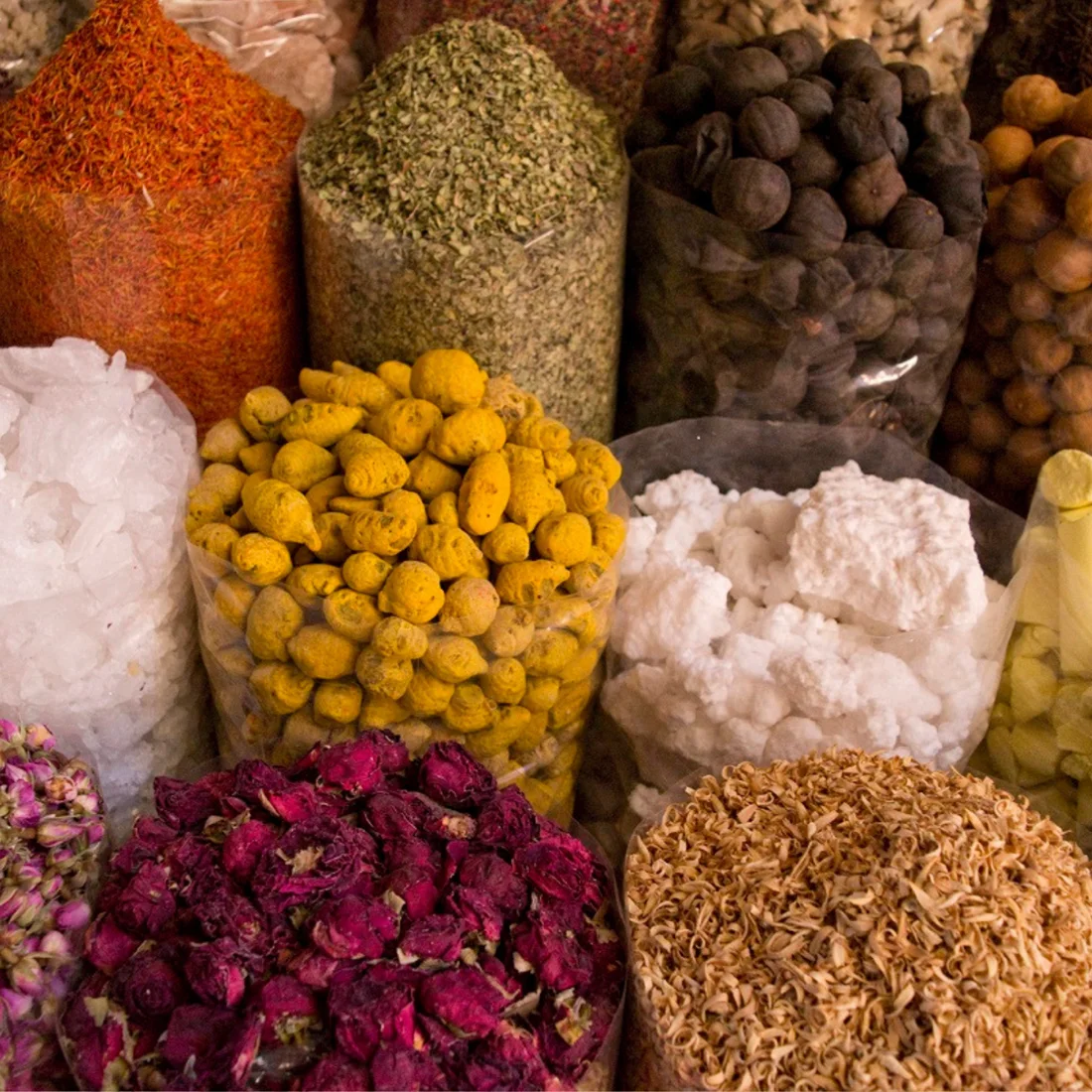What is Hydroponics?
The science of growing plant in water is called hydroponics. It basically involves growing healthy plants without the use of a traditional soil medium by using a nutrient like a mineral rich water solution instead. A plant just needs select nutrients, some water, and sunlight to grow. Not only do plants grow without soil, but also they grow a lot better with their roots in water instead.
What are its benefits?
Hydroponics is becoming popular as this is more sustainable and economical as well. These are the main benefits in using Hydroponics system:
- Hydroponics system eliminates needs of pesticide and herbicide as the system is closed and However there is chance of air borne pest if one does not use good pest management system.
- Growth of plants are faster as the availability of nutrients are controlled. One can choose a different nutrient profile during phase of growth. We at Tripathi products have formulated three types of nutrient for different phases. These are growth Phase, flowering phase and fruiting phase.
- Reduced consumption of water. An estimated savings of upto 90% of water consumption can be achieved by using hydroponics.
- Land requirement is reduced and even non arable land can be used as the system does not require use of soil.
- Growth of plant can be further improved by employing other means such as increasing carbon dioxide concentration which is not possible in open agricultural system. The ideal carbon di oxide concentration for a plant is 1500 ppm in which about 30% growth can be increased. The ambient air carbon di oxide is generally in the range of 300-500 ppm.
- Use of grow light can be used to alter the light profile and growth non seasonal fruits and vegetables.
Static solution culture
In static solution culture, plants are grown in containers of nutrient solution, such as glass or plastic jars, plastic buckets, tubs, or tanks. The solution is usually gently aerated but may be un-aerated. If un-aerated, the solution level is kept low enough that enough roots are above the solution so they get adequate oxygen. A hole is cut in the lid of the reservoir for each plant. There can be one to many plants per reservoir. Reservoir size can be increased as plant size increases. A home made system can be constructed from plastic food containers or glass canning jars with aeration provided by an aquarium pump, aquarium airline tubing and aquarium valves. Clear containers are covered with aluminium foil, butcher paper, black plastic, or other material to exclude light, thus helping to eliminate the formation of algae. The nutrient solution is changed either on a schedule, such as once per week, or when the concentration drops below a certain level as determined with an electrical conductivity meter. Whenever the solution is depleted below a certain level, either water or fresh nutrient solution is added. A float valve, can be used to automatically maintain the solution level. In raft solution culture, plants are placed in a sheet of buoyant plastic such as Styrofoam sheet that is floated on the surface of the nutrient solution. That way, the solution level never drops below the roots.
NFT System
In Nutrient film technique System, the nutrient solution constantly flows past the roots. It is much easier to automate than the static solution culture because sampling and adjustments to the temperature and nutrient concentrations can be made in a large storage tank that has potential to serve thousands of plants. A popular variation is the nutrient film technique or NFT, whereby a very shallow stream of water containing all the dissolved nutrients required for plant growth is recirculated past the bare roots of plants in a watertight thick root mat, which develops in the bottom of the channel and has an upper surface that, although moist, is in the air. Subsequent to this, an abundant supply of oxygen is provided to the roots of the plants. A properly designed NFT system is based on using the right channel slope, the right flow rate, and the right channel length. The main advantage of the NFT system over other forms of hydroponics is that the plant roots are exposed to adequate supplies of water, oxygen, and nutrients. In all other forms of production, there is a conflict between the supply of these requirements, since excessive or deficient amounts of one results in an imbalance of one or both of the others. NFT, because of its design, provides a system where all three requirements for healthy plant growth can be met at the same time, provided that the simple concept of NFT is always remembered and practised. The result of these advantages is that higher yields of high-quality produce are obtained over an extended period of cropping. A downside of NFT is that it has very little buffering against interruptions in the flow (e.g. power outages). But, overall, it is probably one of the more productive techniques.
Where to buy Hydroponics nutrients
You can also buy at https://tripathiproducts.in

 English
English





















